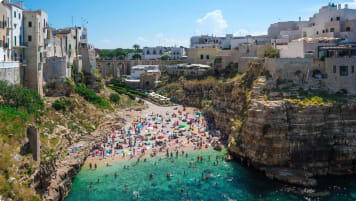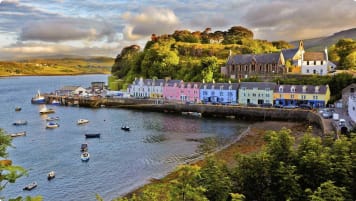Questions about Scotland: The Definitive Guide
Enjoy a small group tour of Scotland. Off the beaten track, for curious senior travellers about history, culture and landscapes. For mature couples and solo travellers. Explore the Orkney Islands, the Hebrides, Skara Brae whilst touring the Scottish isles.
26 Aug 19 · 2 mins read
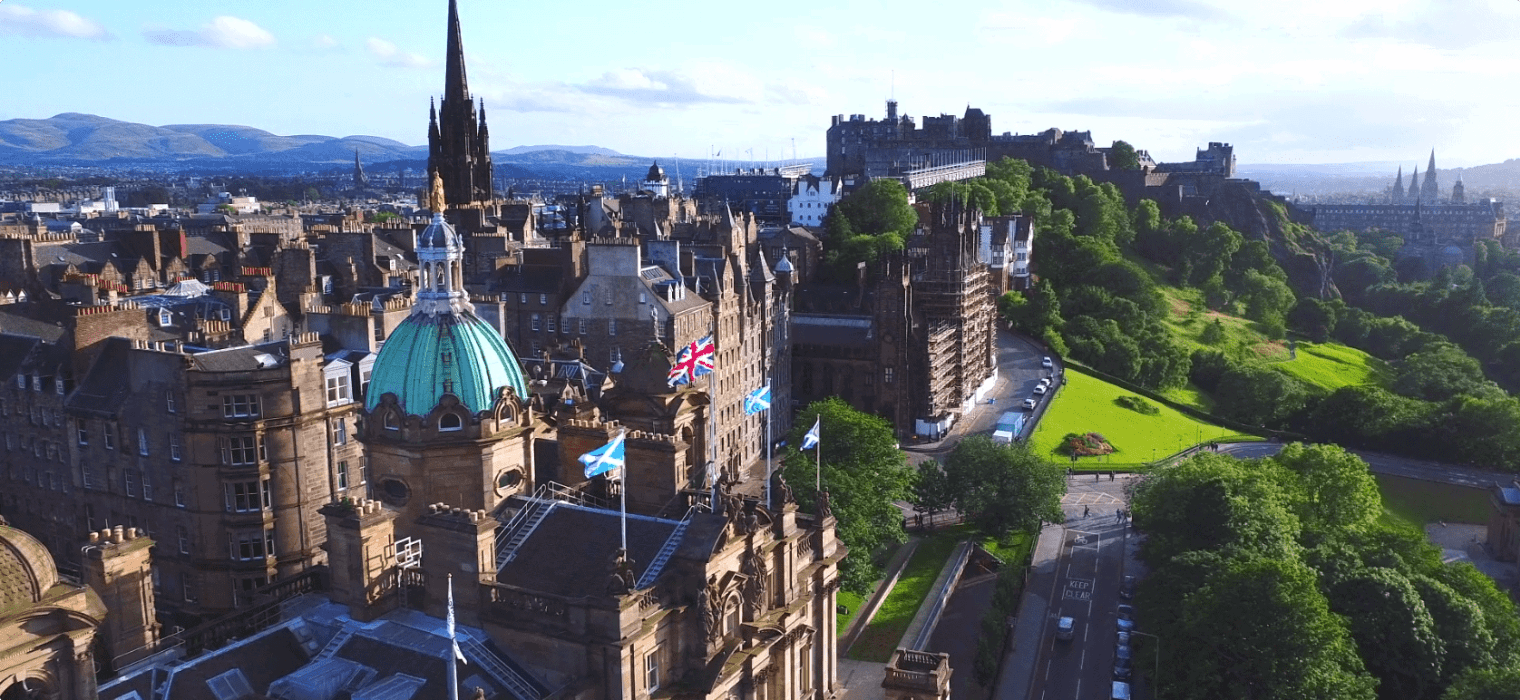
Questions about Scotland for senior travellers.
Odyssey Traveller specialises in crafting unforgettable experiences for senior and mature-aged travellers interested in learning whether travelling as a couple or as a solo traveller. Providing adventure and educational programs to escorted small group tours since 1983. Odyssey has built up a reasonable knowledge bank to answer questions about Scotland that travellers are likely to ask, as they make their plans to tour independently, or with us as part of a small group tour. We hope that this list of frequently asked questions and the answers we provide will help you with planning your next holiday.
Read on, but please do not hesitate to contact us via the website, or through email or chat if you have more questions about Scotland or our other tours.

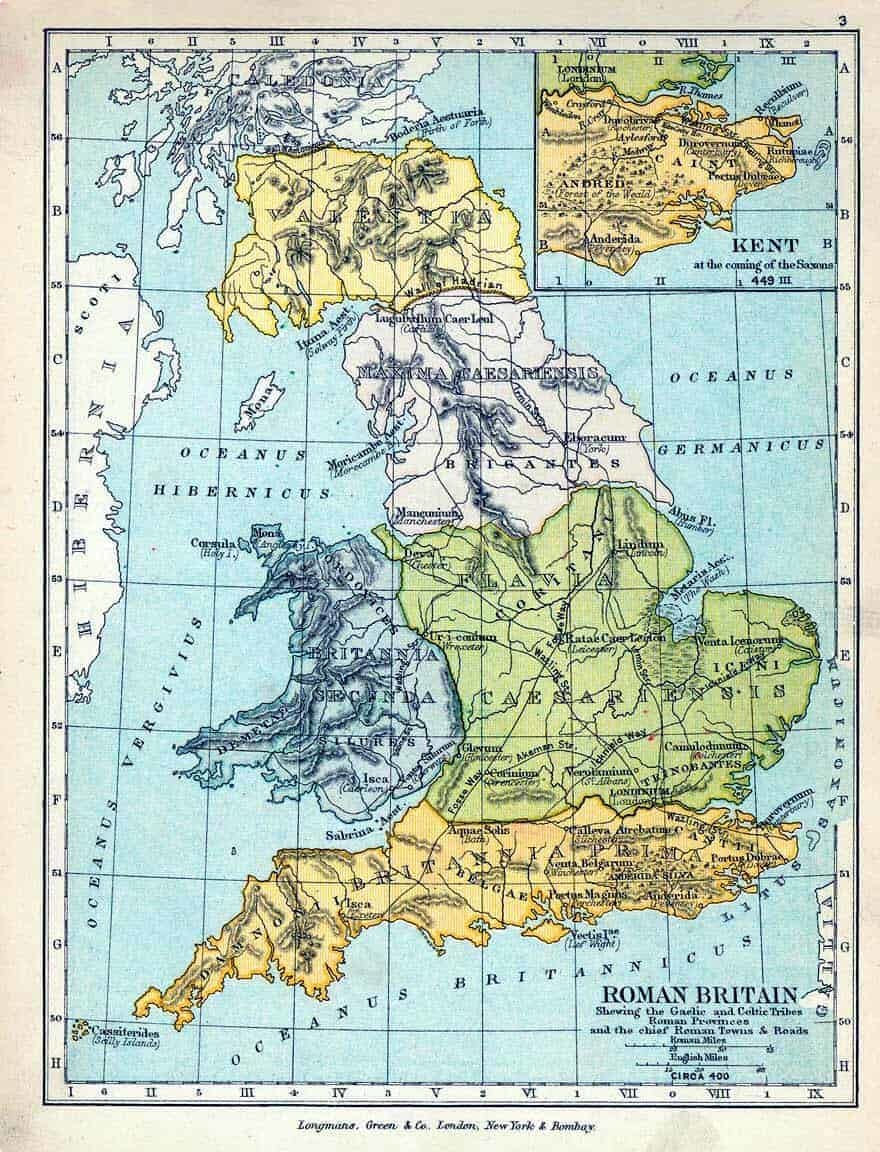
FAQs
Where is Scotland located?
Scotland is the northernmost region of the four parts of the United Kingdom, and comprises a third of the island of Great Britain. It is surrounded by the waters of the North Sea to the east and the North Atlantic Ocean to the west and north. Its only land border is with England to the southeast, which runs for 97 kilometres (60 miles).
Scotland has two distinct topographic (and cultural) regions, divided by the Highland Boundary Fault: the Highlands in the north and west, and the Lowlands in the south and east. The Lowlands in turn is composed of the Midland Valley (Central Lowlands), and the Southern Uplands. As can be discerned from the name, the Highlands are dominated by mountain ranges.
While not usually thought of as an island nation, Scotland is in fact made up of more than 700 islands. The islands are mostly in groups to the west (the Inner Hebrides and Outer Hebrides–see “Questions about the Outer Hebrides“). In the North are the Orkney Islands and Shetland Islands.
How did Scotland get its name?
The name Scotland derives from the Latin term Scotia (“land of the Scotii”). “Scotii” (or simply Scoti) was a term used by the Romans to refer to a Celtic tribe from what is now Ireland, who attacked the forces of Roman Britain. Caledonia was also used to refer to the region that is now Scotland, derived from Caledoni, which was what the Romans called the Celtic tribe who had settled there. (The Caledoni has also been referred to as the Picti or the Picts.)
Though Scoti and Scotia were originally the Roman terms used to refer to the tribe and the region that is now Ireland, Anglo-Saxon chroniclers began using the terms to refer to the Gaelic-speaking parts of Scotland in the 11th century. Usage of the Scots and Scotland to refer to the people and the country (as a whole) became common in the Late Middle Ages.
How did Scotland become a country?
Modern-day Scotland had its roots in the Celtic settlements during the Iron Age, and was formed by the subsequent waves of invasions and established kingdoms.
According to Andrew Fisher in his book Scotland (The Windrush Press and Cassell, 2002), while cave art was flourishing in other parts of Europe such as France and Spain, Scotland was still covered in ice and virtually uninhabitable (p. 2). The retreat of the ice and the warmer intervals between the Ice Ages (p. 3) led to migration and settlement in this region.
The Celts arrived in Scotland during the Iron Age (circa 500 BC). Our knowledge of this group of tribes come to us filtered through Roman eyes, as it was the Romans who first chronicled their lifestyles and fighting prowess.
The Romans invaded Britain in 43 AD, but they were unsuccessful in fighting the Celtic tribes in the north. Julius Agricola, a Roman governor, marched into what is now Scotland around 80 AD and spent four years trying to subdue the tribes. Emperor Hadrian decided fighting the Celts was futile and pulled back, building Hadrian’s Wall around 122 AD in England to mark the northern limit of Roman Britain.
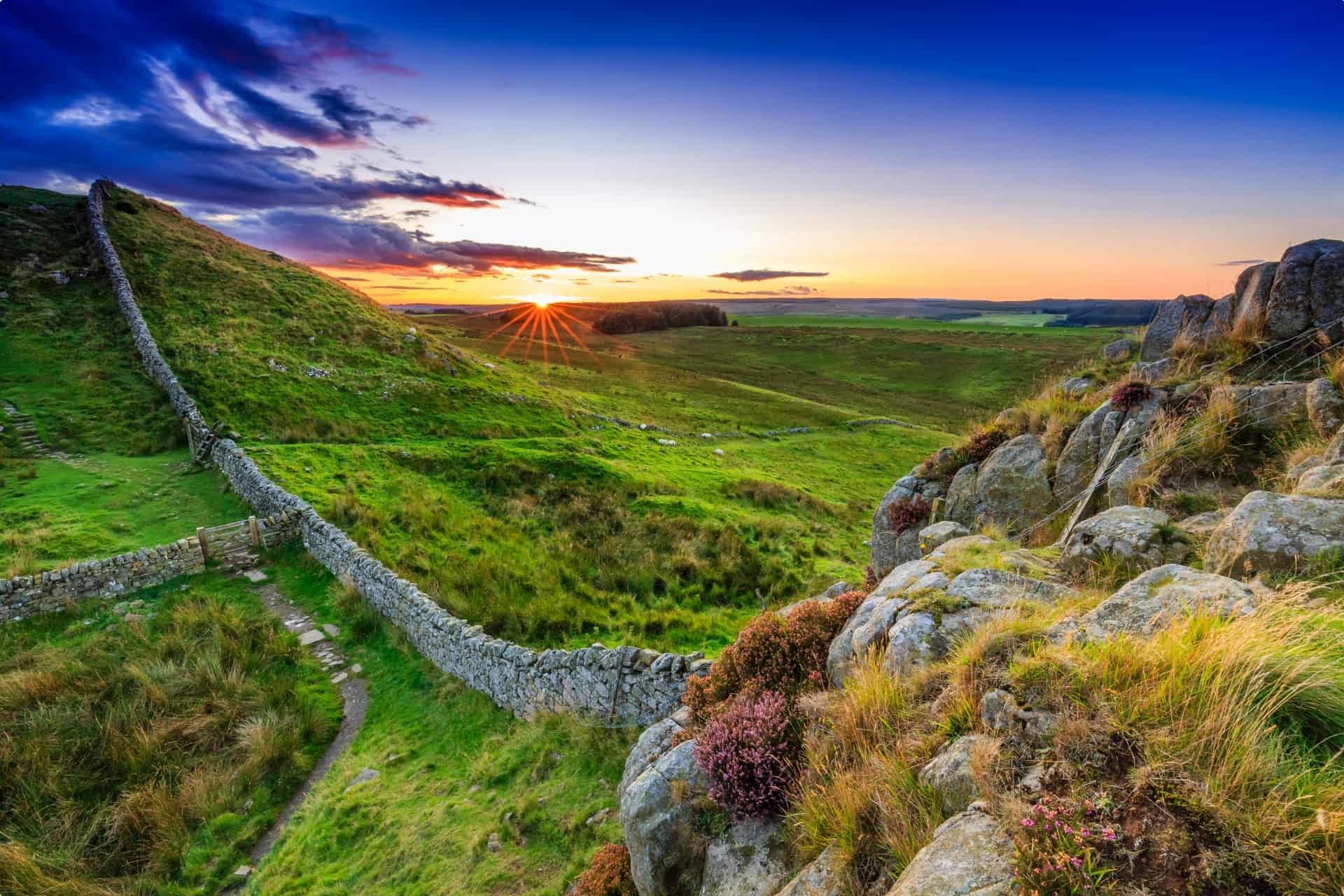
In 140 AD, Hadrian’s successor, Emperor Antoninus Pius, ordered the building of the Antonine Wall to move the Roman frontier northwards. However, after his death, his successor Marcus Aurelius moved the frontier back to Hadrian’s Wall as it was easier to defend.
The Romans abandoned Britain around 410 AD, and the region was settled by other invading parties, such as the Vikings and the Germanic Anglo-Saxons. The Vikings would have a long and lasting presence in certain parts of Scotland: Norse earls would rule the Hebrides until 1266, and the islands of Shetland and Orkney would remain with the Vikings until it was annexed to Scotland as part of a dowry in 1472. (Read more in our article on the Shetland Islands.)
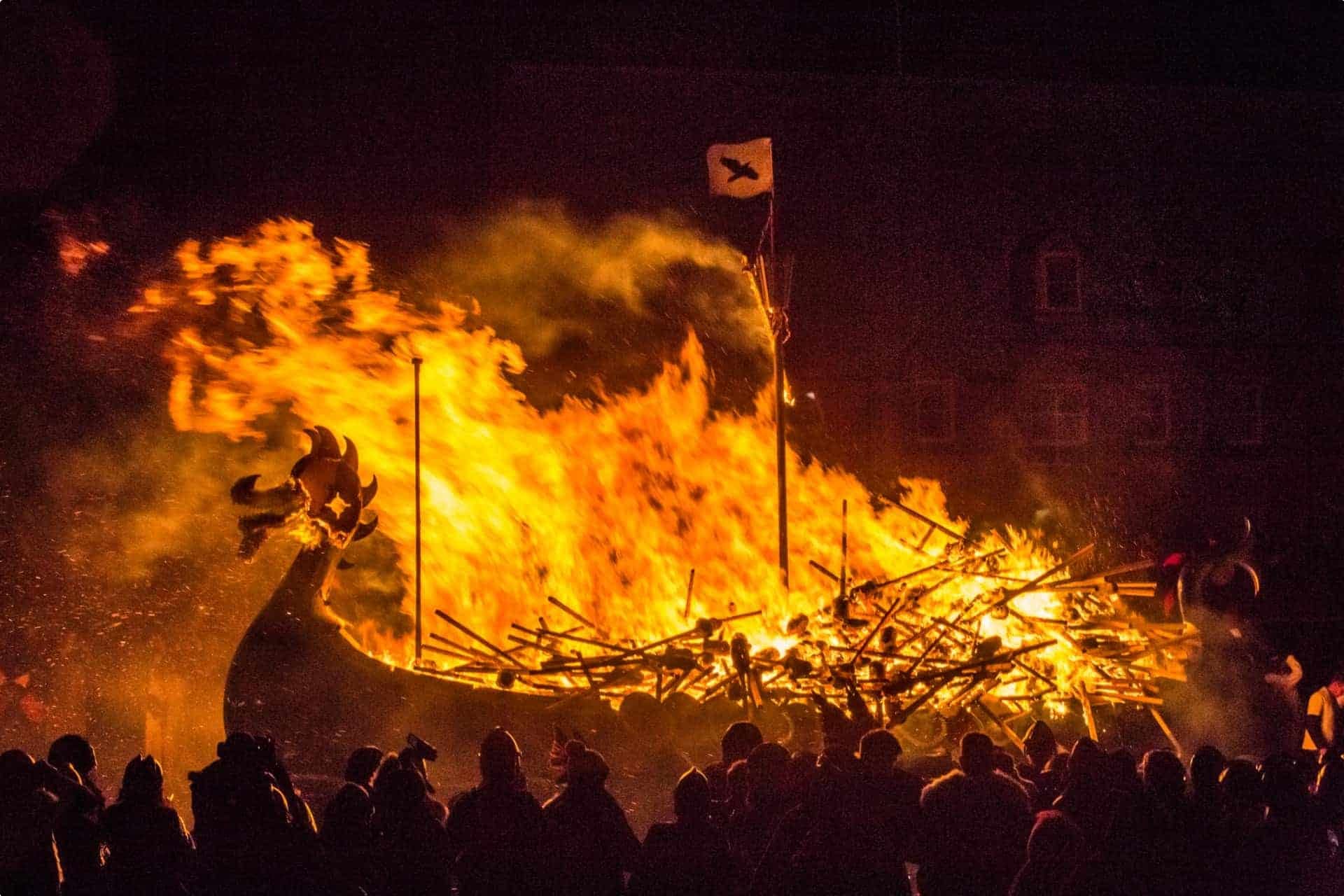
Before the Vikings, Scotland was settled by the Picts, which the Romans referred to as the Picti, or “painted ones” perhaps due to their habit of painting dye on their bodies (though this claim is contested by modern historians). They were said to have migrated from Scythia (Scandinavia) before settling and forming powerful kingdoms in what is now northern Scotland.
The Viking invasions may have weakened the Picts’ forces. While the Picts were able to thwart the Romans for many centuries, in 843 AD, Kenneth MacAlpin, crowned King Kenneth I of the Kingdom of Dál Riada (or Dalriada) crushed their resistance and also became king of the Picts.
Dalriada was composed of parts of northeastern Ireland and western Scotland. The union of Dalriada and Pictish lands in northern Scotland formed the Kingdom of Alba, which became the starting point of the Scots’ expansion of their territory.
How did Scotland join Great Britain?
The Kingdoms of Scotland and England were united in the 1707 Act of Union after years of unrest. The single kingdom was named the United Kingdom of Great Britain, formally formed on the 1st of May 1707. The UK Parliament met for the first time in Westminster, England in October of that year.
The seeds of union began with the death in 1603 of Elizabeth I, who was unmarried and childless. The English crown passed to her next available heir, her cousin and the King of Scotland, James VI. With the two formerly separate kingdoms now sharing the same monarch, James VI (known as James I in England) worked toward achieving “a complete or perfect union“. The UK’s national flag, nicknamed Union Jack, was a shortened form of his Latin name (Jacobus).
Securing the “perfect union” would not be an easy task. James VI’s son and successor, Charles I, was raised in England and knew little of his Scottish subjects. The Scottish Parliament went through a long process of negotiation and debate with the English Parliament at Westminster, and the union was unpopular among ordinary Scots who harboured anti-English sentiments.
More than a century after the Union of the Crowns under James, the Act of Union finally passed, dissolving the Scottish Parliament. The Parliament at Westminster added 45 commoners and 16 peers representing Scotland, and Scotland gained free trade with England and its colonies.
Is Scotland's national animal really the unicorn?
Yes! Though a creature that appears only in myth, the unicorn actually is Scotland’s national animal.
The unicorn is a mythological creature appearing in other cultures; in Celtic mythology, the unicorn is a symbol “of purity and innocence, as well as masculinity and power.” The unicorn was first used by William I in the 12th century as part of the Scottish royal coat of arms, and had appeared in gold coins (15th century), and next to England’s national animal, the lion, when the English crown passed to James VI (17th century).
You can spot the unicorn all over Scotland, especially in front of historic landmarks such as the Palace of Holyroodhouse, the official residence in Scotland of the Queen, and the National War Museum and St Margaret’s Chapel at Edinburgh Castle.
What is Scotland known for?
As Fisher discusses in his book Scotland, “[a]mong the instantly recognisable symbols of Scotland are bagpipes, Scotch whisky, the tartan bonnet, the haggis, the claymore and, of course, the kilt” (p. ix).
Whisky
The Scottish whisky industry directly employs 10,000 people, supporting 40,000 jobs across the United Kingdom, 7,000 of which are in rural areas where other jobs may be hard to find. This makes whisky the third biggest industry in Scotland, behind energy and financial services. As of December 2017, there are 126 distilleries licensed to produce Scotland’s national drink. You can read more in our article here.
According to ScotchWhisky.com, whisky distilleries hit a record of 1.7M visits in 2017, with an average spend of £31 per person (US$40 or AU$55), versus £27 (US$35 or AU$48) in 2016. More than half of Scotland’s distilleries now have visitor centres dedicated to tourists and curious visitors who want to tour their facilities.
Odyssey Traveller organises a fully-escorted tour where we visit the whisky distilleries of Cardhu, Speyside Cooperage, and Glenfiddich to learn about the whisky process and its importance to Scottish culture and economy. See the complete itinerary here.
The tartan, kilt, claymore (two-handed sword), and bagpipe had their origins in the Highlands.
Beyond the physical division of the Highland Boundary Fault, the Highlands and the Lowlands also diverged culturally following the Battle of Hastings that marked Norman ascendancy in England. The Anglo-Norman feudal system was introduced to the Lowlands, but the Dalriadan clan system persisted in the Highlands. Gaelic would be spoken in the region until the 19th century, and to this day Highland English displays strong influence of Gaelic in its grammar and pronunciation.
Haggis
Historically, when hunters made their kill, they would use up the offal, which went off first, using the cleaned animal’s stomach as a cooking bag. Minced heart, liver and lungs are bulked out with oatmeal, onions, suet, seasoning and spices before cooking.


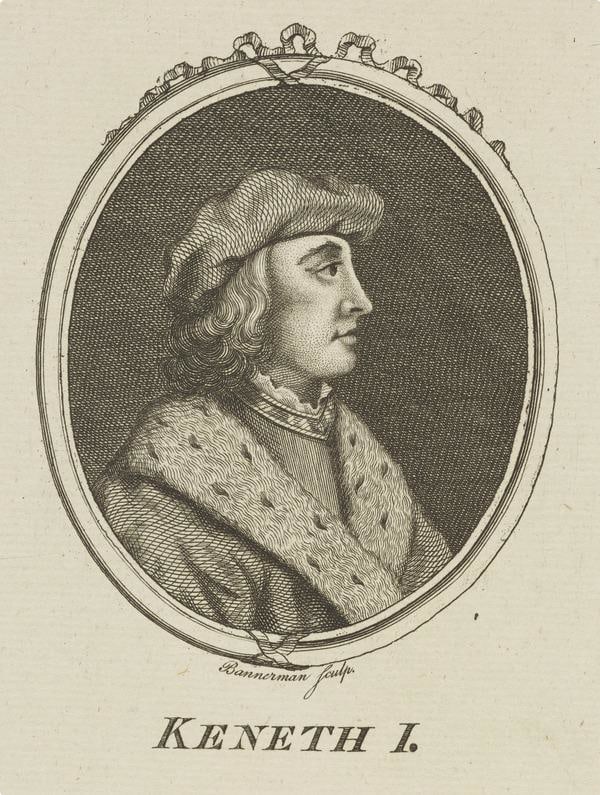


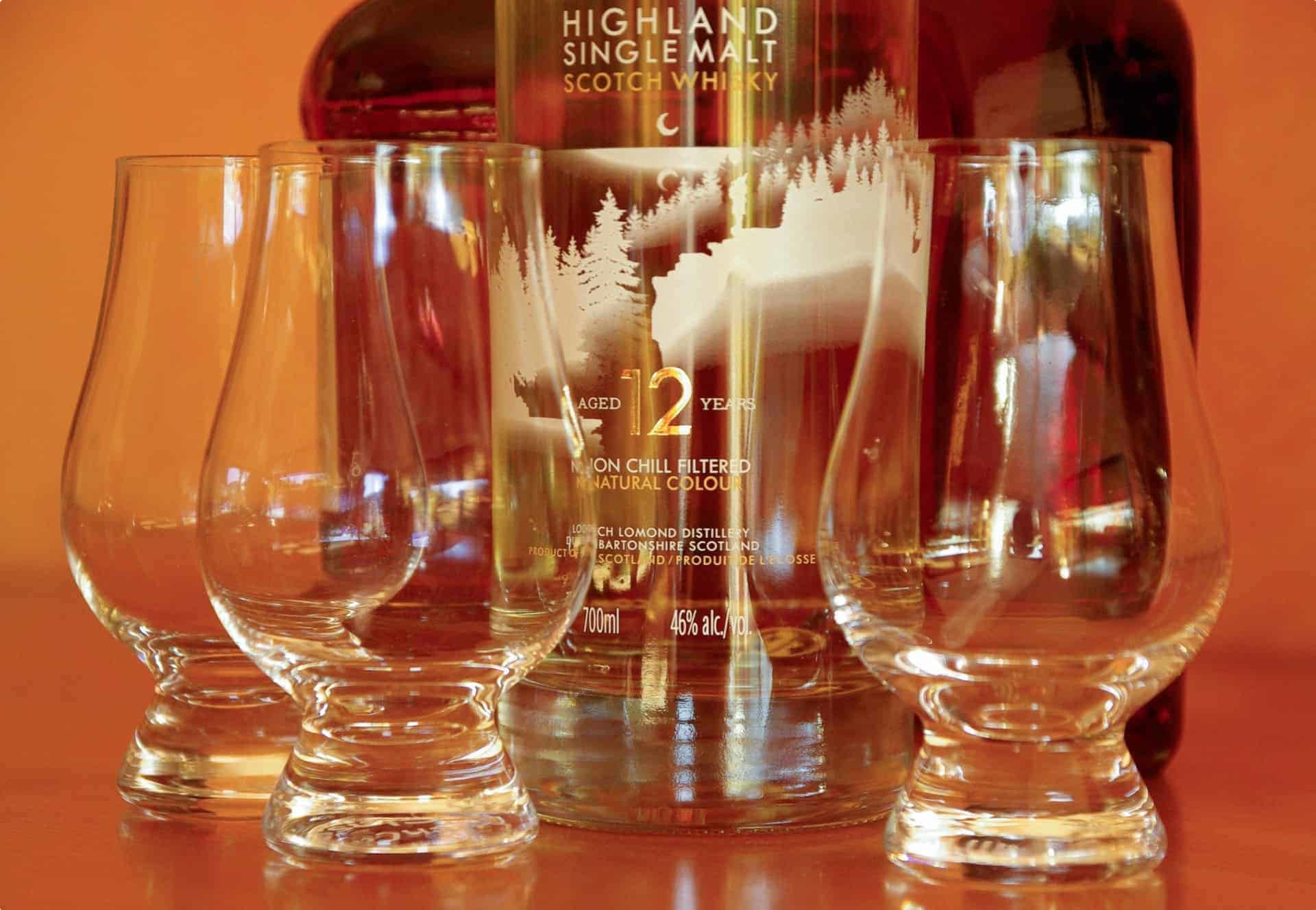

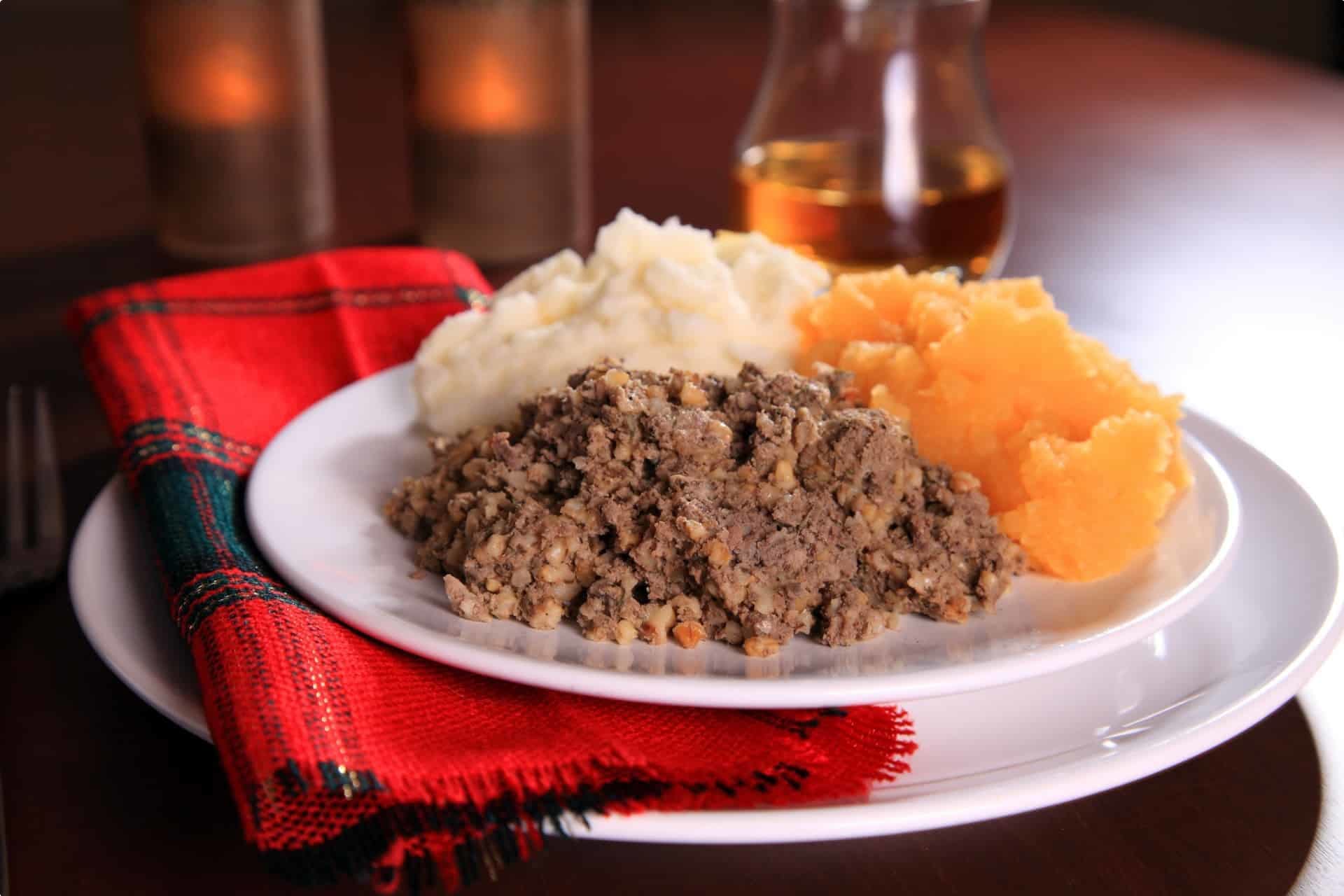
Do you need a visa to visit Scotland?
No, if you are a citizen of a country belonging to the European Union. You can also stay in Scotland for any length of time.
As the UK is due to leave the EU, check the UK government’s advice before travelling as the rules may change, especially if it ends up to be a no-deal Brexit.
Citizens of other countries, save for exemptions (see list here), will need to apply for a visa. Australian, American, and Canadian citizens do not need a visa for stays up to six months.
What is Scotland's currency?
The currency is the same as the rest of the United Kingdom– the British Pound (£) — though Scottish banks print their own version. If you are travelling elsewhere in the UK after Scotland, it may be best to change these Scottish bank notes to pound notes as shops outside Scotland may reject them.
Can you easily travel from Scotland to Ireland?
Some travellers may use Scotland as a starting point to visit the rest of the United Kingdom, which means this is good news: there are regular ferries and flights from Scotland to Ireland, and vice versa.
The ferry route travels between the major ports of Belfast and Larne in Northern Ireland and Cairnryan in Dumfries & Galloway, around 130 km (80 miles) south of Glasgow.
Where should you go in Scotland?
Scotland offers a variety of sights and experiences, from hiking in the Highlands to viewing the historical landmarks in Scotland’s biggest cities. Scotland’s long history promises travellers with diverse sights from prehistoric standing stones to modern architectural wonders.
Edinburgh
The capital of Scotland since the 15th century, Edinburgh is the seat of Scottish government and the location of the Palace of Holyroodhouse, the official residence of the British monarch in Scotland. It has been inhabited since the Stone Age, and was used as a strategic location by the Romans, who built the Antonine Wall as its northernmost defence, and the Celtic tribe Votadini, who occupied the Castle Rock site. Castle Rock was referred to as the stronghold Din Eidyn (“Eidyn’s Hill Fort”), which provides the roots of the city’s modern name: Eidyn and burh, which means “fortress”.
Castle Rock is now the site of Edinburgh Castle. Edinburgh Castle is home to the Scottish Crown Jewels and the National War Museum of Scotland, and is often included in our tours that stop in Edinburgh due to its historical importance and medieval splendour.
The One o’Clock gun is fired from the castle (except on Sundays, Good Friday, and Christmas) in a time-keeping tradition that dates back to 1861. Every Saturday, the Castle Terrace in the shadow of the fortress hosts the Edinburgh Farmers’ Market. Here you will find more than 50 specialist producers selling Scottish venison, organic mushrooms from the Highlands, handmade pies and other Scottish specialities.
The castle is at one end of the Royal Mile, which runs downhill and ends at the Palace of Holyroodhouse. The Royal Mile in itself is an attraction, with its cobbled streets and wynds (minor streets) branching out of the main road, as well as countless historic buildings including the Parliament and St Giles Cathedral.
Part of the Palace of Holyroodhouse is Holyrood Park, which in the 12th century was a royal park and a hunting estate. Now a public park, this hilly, natural sanctuary is just a few minutes’ walk from the Royal Mile. The park is a perfect place to stretch your legs and relax, with its well-maintained paths to Edinburgh’s highest point, Arthur’s Seat. This peak provides an unforgettable panoramic view of the city.
Glasgow
Glasgow is Scotland’s largest and most populous city, situated along both banks of the River Clyde which discharges to the Atlantic. The River Clyde was an important body of water that gave life to various communities in Glasgow throughout the centuries, including Celtic tribes and the Romans. The city’s name in Gaelic (Glaschu) means “Green Glen”, a succinct description of its rich landscape. In the 6th century, the Christian missionary St Mungo established a religious community in the area and contributed to the city’s development. The 12th century Glasgow Cathedral is dedicated to him. The city’s location–between the Highlands and the Lowlands, between the capital Edinburgh and the west–made it a prosperous centre for trade, and the Acts of Union that united England and Scotland opened the city to the markets of the British Empire.
The Kelvingrove Art Museum itself is a sight to behold, a striking Gothic building made of red sandstone, but there are more treasures within: 22 themed galleries, including the famous Salvador Dali masterpiece “Christ of St John of the Cross” and a Spitfire plane hanging from the ceiling.
Near the museum is the University of Glasgow, established in the 15th century and also built in Gothic style. Walk the cloisters of one of Scotland’s notable educational institutions, and visit the Hunterian, Scotland’s oldest museum. The Hunterian was founded in 1807 by Dr William Hunter (1718 – 1783), University of Glasgow alumnus, pioneering obstetrician, and avid collector. The museum is home to one of the largest collections outside the National Museums of Scotland, including material from the Roman Antonine Wall and original 18th century anatomical and pathological specimens.
Stroll down Byres Road, the main artery of Glasgow’s eclectic West End. Restaurants, boutiques, and book shops dot either side of this busy thoroughfare.
Explore the Gothic magnificence of Glasgow Cathedral, which marks the birth of Glasgow and which survived the 16th century Scottish Reformation, during which Scotland broke away from the Catholic Church and Protestant mobs destroyed altars and icons. The Cathedral survived nearly intact and now has the finest collections of stained-glass windows in Britain.
Shetland Islands
Despite its small size, the Shetland Islands’ capital, Lerwick (from the Norn Leirvik meaning “muddy bay”), enjoys a variety of leisure and entertainment facilities that can be found on the Scottish mainland and in larger cities. It has an intriguing history: it was founded as an unofficial (or, shall we say, illegal) marketplace for 17th century Dutch herring fleets, and was, in short order, demolished by order of the Scalloway court (Scalloway was capital of Shetland before Lerwick), burnt by the Dutch, and incinerated by the French.
Against all odds, Lerwick rose from the ashes and became a bustling, modern city. Its largest open public space, located around the Clickimin Loch, is the Clickimin Centre with sports facilities, a leisure pool, and a well-equipped camping and caravan site. Birdwatchers will have a grand time at the loch, as they are sure to spot mallard and teal, as well as goldeneye and whooper Swans which uses the loch as a migration stopover. South of the loch is Clickimin Broch, one of Shetland’s major archaeological sites. A broch is a prehistoric circular stone tower unique to Scotland.
Another infamous landmark is Scalloway Castle, built in 1600 using forced labour by the order of Patrick Stewart, the 2nd Earl of Orkney, who was made Lord of Shetland in 1590. In 1609, following complaints regarding his misrule of the islands, Stewart was imprisoned in Edinburgh and was executed in 1615.
The remains of his castle is in the care of Historic Scotland and can be viewed by the public.
Read more about the Shetland Islands here.
Outer Hebrides
Lewis and Harris, located on the most populous island in the Outer Hebrides, is a good place to start your visit. A well-known highlight is the 5,000-year-old Calanais Standing Stones located on the west coast of Lewis. This Neolithic stone structure predates England’s Stonehenge and the Pyramids of Giza.
Lews Castle is a Victorian-era castle is located west of Stornoway on Lewis, and set within attractive grounds. It was built in 1844-51 for Sir James Matheson, a Scottish trader who earned a fortune in the Chinese Opium trade and purchased the whole island. English industrialist and philanthropist Lord Leverhulme bought the castle from the Lewis family in 1918, and in 1923, he gave the castle to the people of Stornoway parish. Since then, it has served different purposes until it was awarded 4.6 million pounds by the Heritage Lottery Fund in 2011 and converted to a museum and cultural centre. In 2016, the ground floor was opened to the public, including a café and restored ballroom. In 2017, luxury apartments became available to holidaying guests.
Museum Nan Eilean is located within Lews Castle: the product of a generous redevelopment in 2011. Exhibitions here celebrate local culture and at present, commemorate the loss of the ill-fated HMY Iolaire.
Lovers of nature and wildlife will be richly rewarded here in the Outer Hebrides, where seal colonies – both grey and cute dog-like common varieties – are established, and bird populations such as puffins and razor bills flourish. You are never far from the scenic woodlands, sandy beaches, or the misty and undulating peats of Lewis and Harris, and are everywhere reminded of the relationship forged between locals and nature.
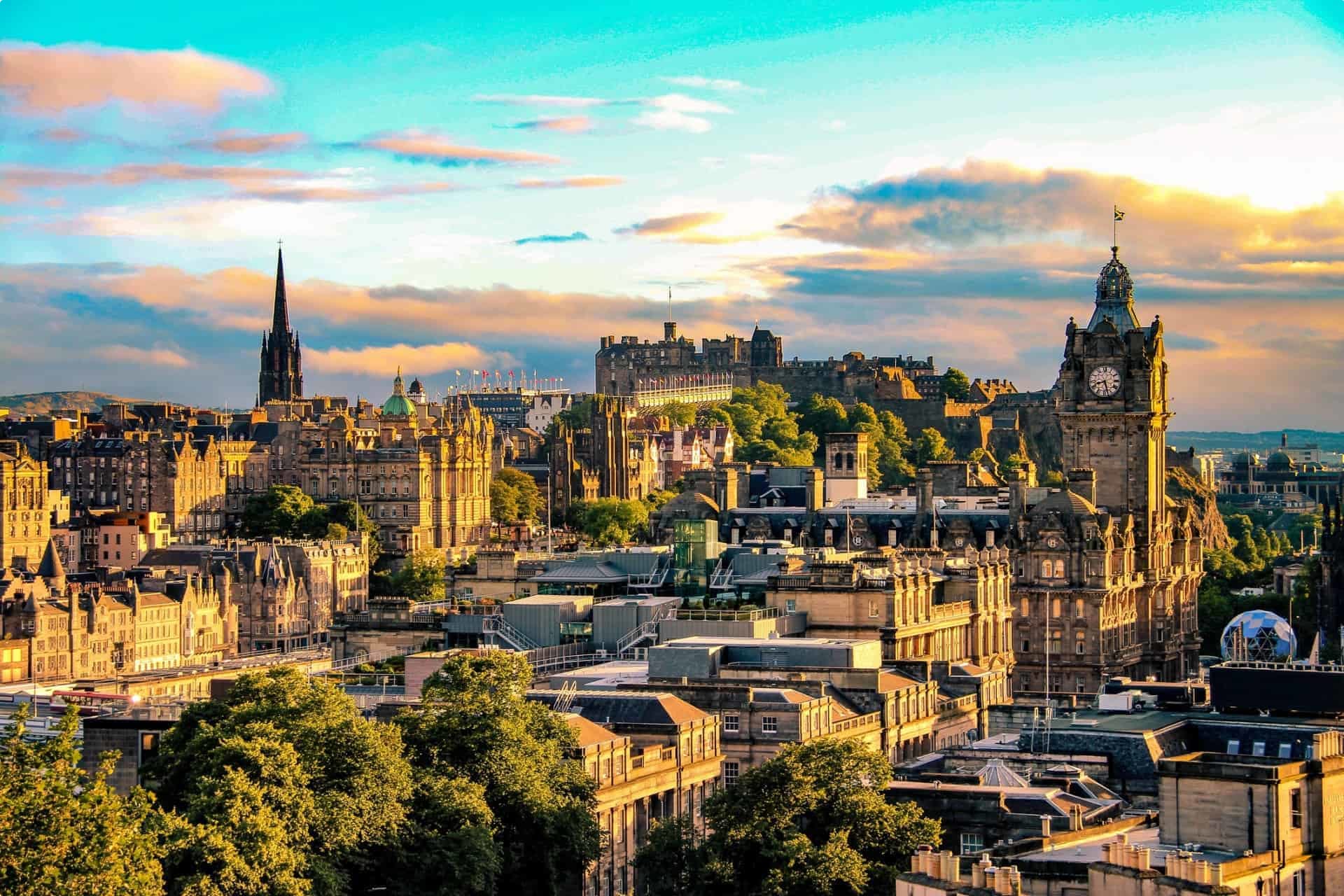
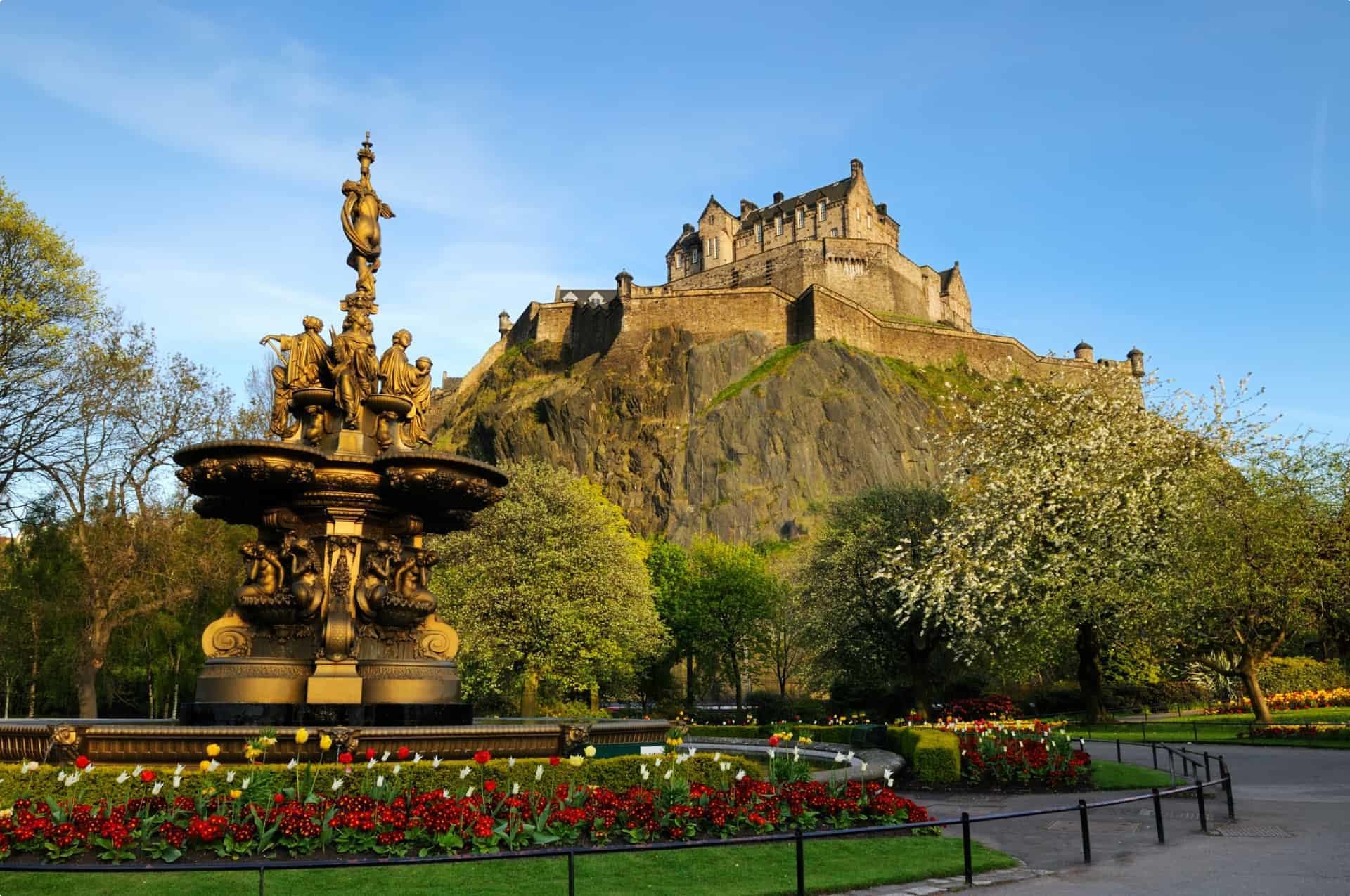

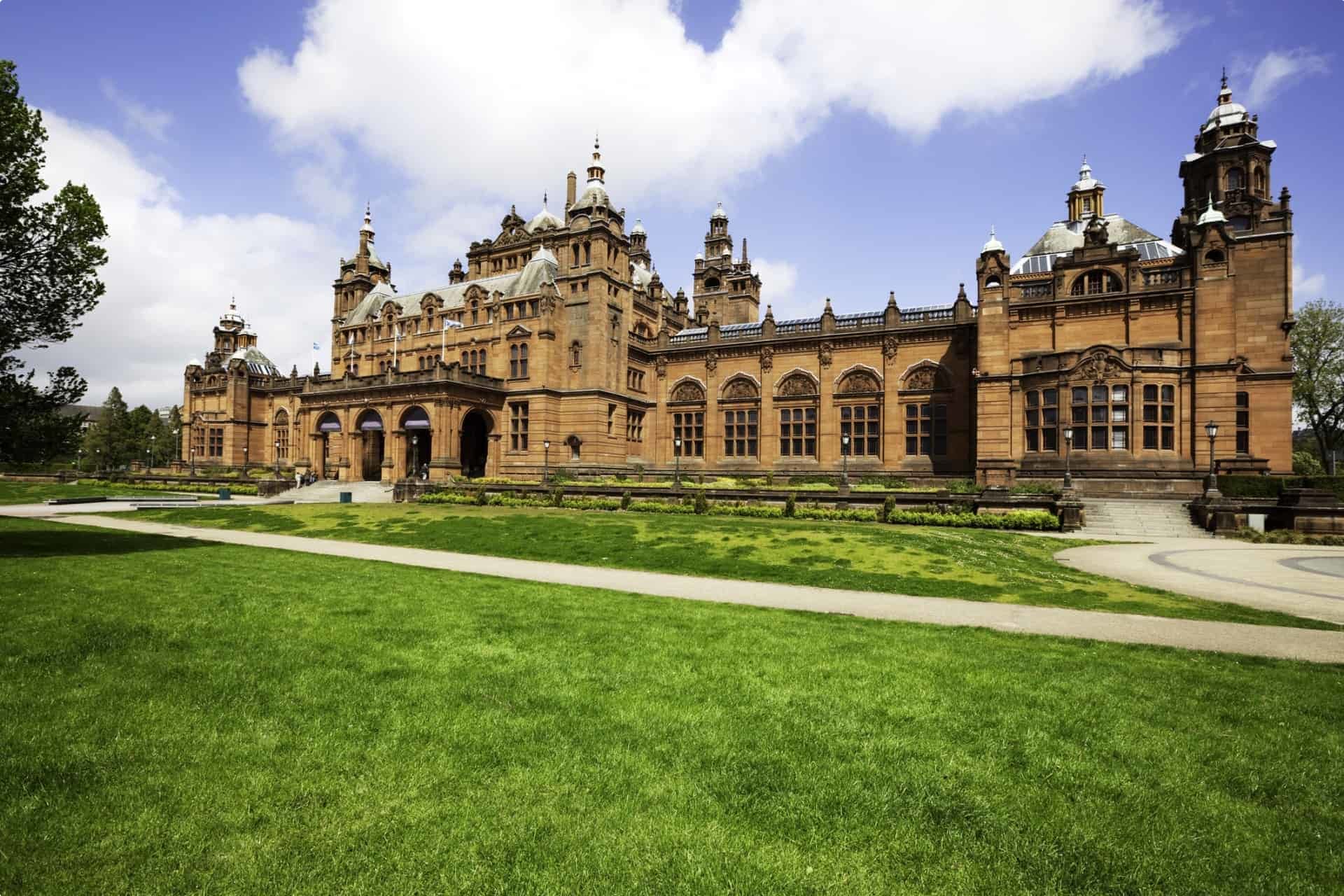
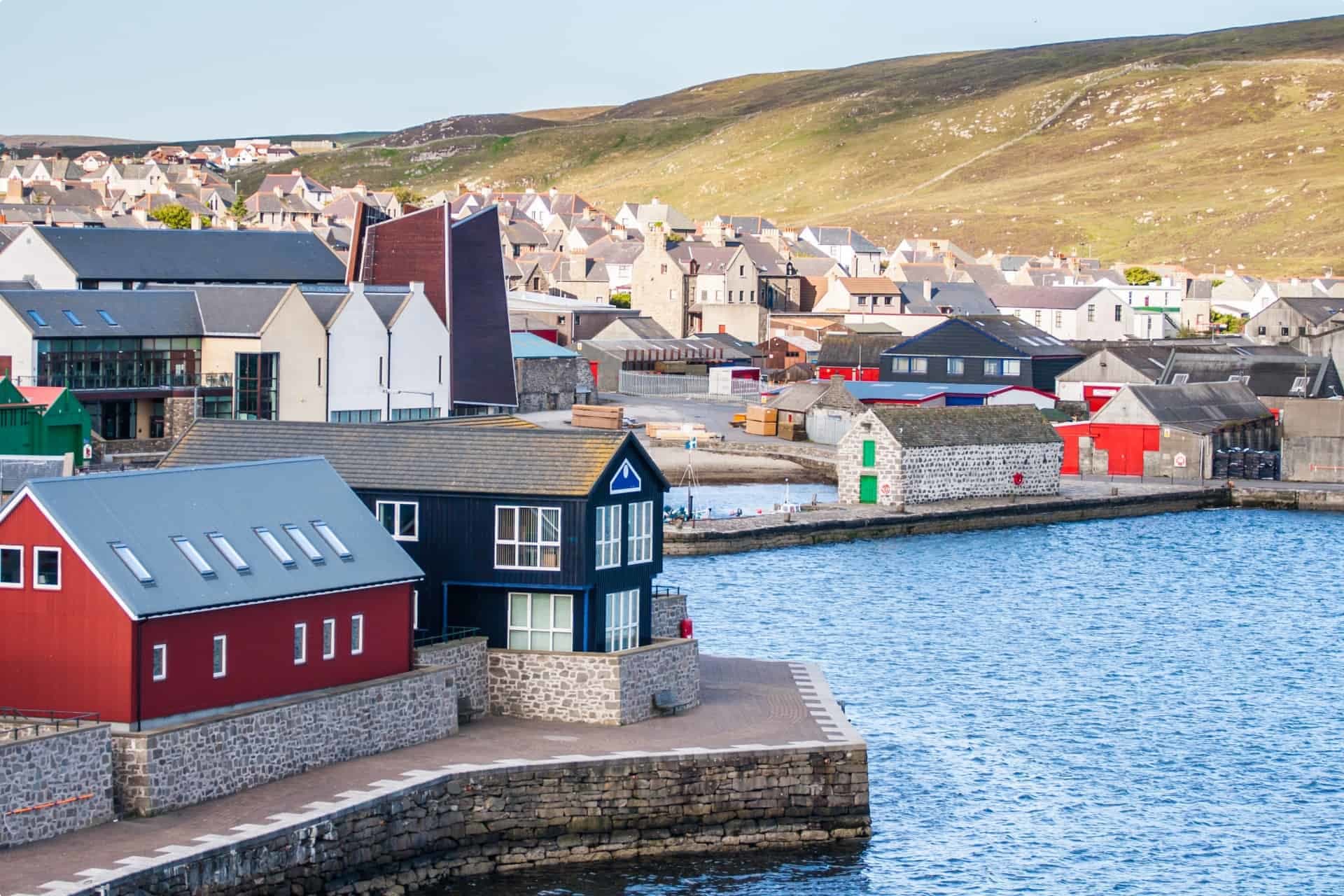

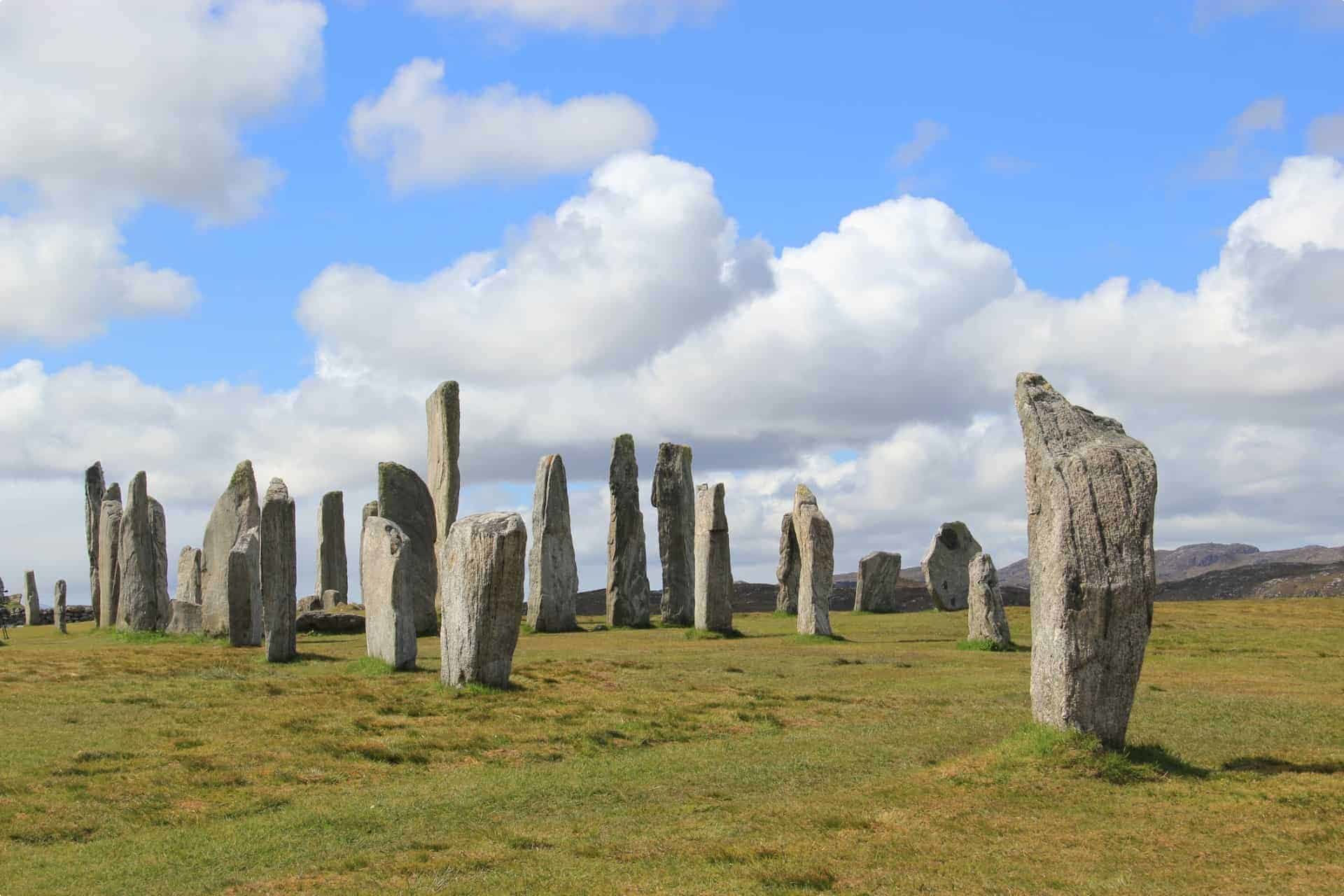
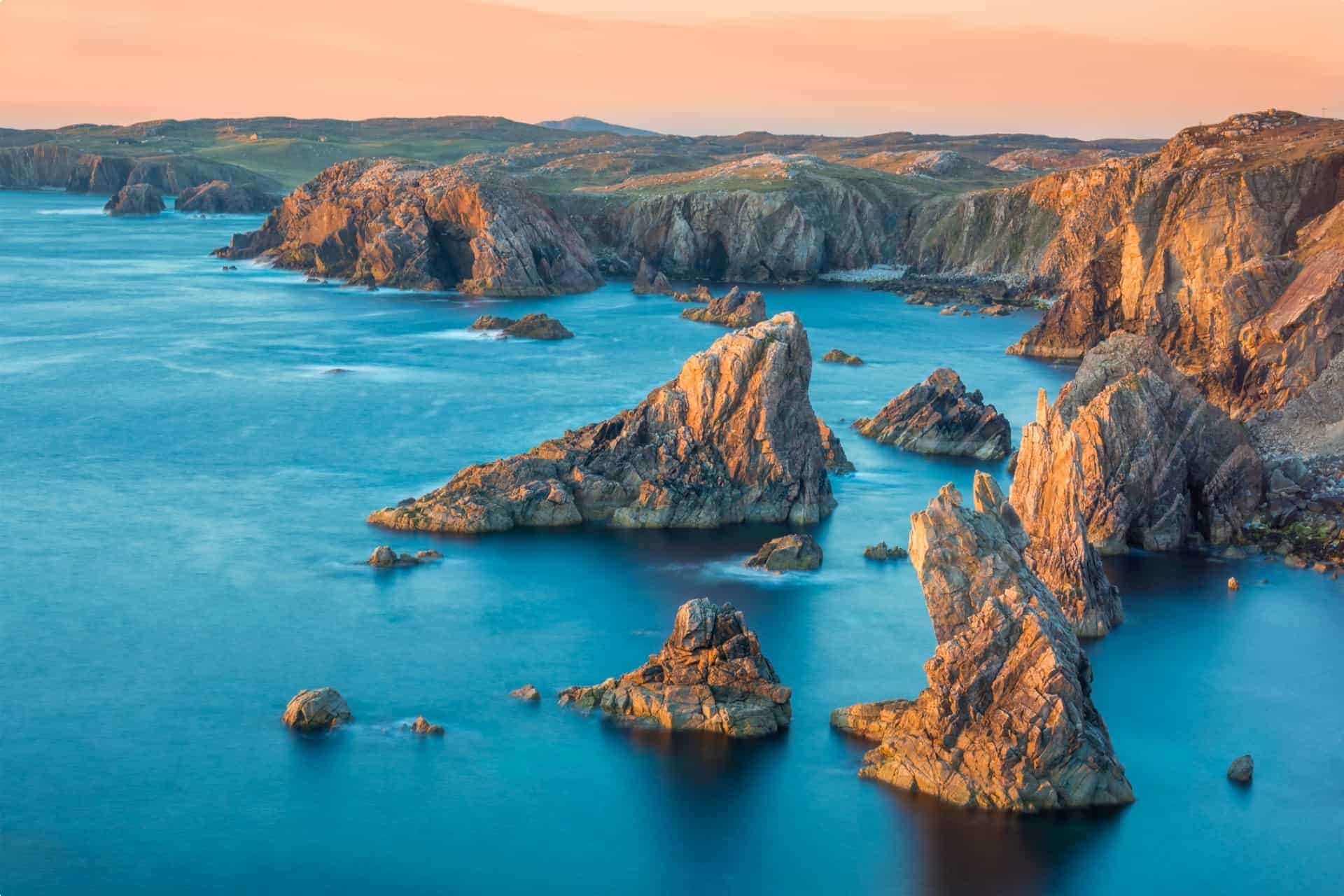
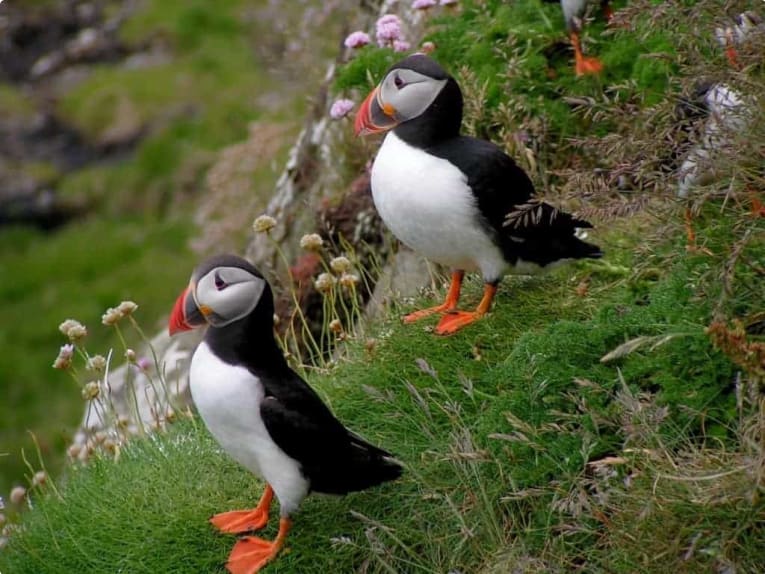
If you want to learn more, you may read our country spotlight on Scotland and the following articles:
We also have a short feature on Glasgow and Nelson Mandela Place and an article on Scotland & Scotch whisky which you may find interesting.
The rest of our Scotland-related articles can be found here.
You may also join one of Odyssey Traveller’s tours to Scotland. Our many tours include the 20-day Scottish Isles small group tour which journeys from Glasgow, to the Isles of Mull and Skye, to the Orkney and Shetland Islands, and finally to Edinburgh, with plenty of other stops along the way. Just click through to sign up.
This program is quite popular among our participants: as of June 2019, three departures are guaranteed (with one sold out!), which means the tours have reached the minimum number of participants required to operate the tour and will proceed this year and in 2020 (terms and conditions apply). Happy travelling!
Related Tours
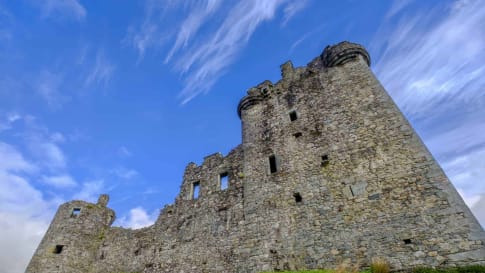
22 days
Jul, Sep, Jun, AugScotland small group tour | Tracing 5,000 years of history
Visiting Scotland
This guided tour of Scotland with a tour leader and local guides includes the isle of Skye, Orkney islands, the Scottish highlands with breathtaking scenery. Edinburgh including the royal mile, Palace of Holyroodhouse, Fort William, Urquhart castle, Stirling castle, loch lomond, Hadrians wall and New Lanark also a UNESCO World heritage site.
From A$15,995 AUD
View Tour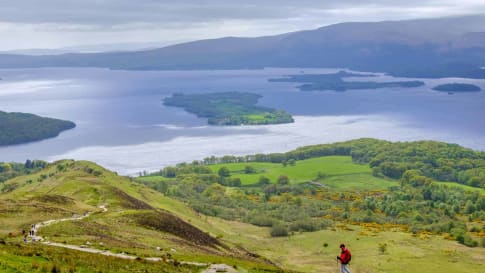
13 days
Jun, Aug, MayScotland's Great Trails Walking Tour
Visiting Scotland
An escorted walking tour of Scotland. This trip is mainly in the Scottish Highlands. Your tour leader guides you to Stirling Castle, Loch Lomond and Craignorms National park with experienced local guides. The tour for mature couples and solo travellers finishes in Edinburgh with time to visit Edinburgh Castle and the Royal mile a UNESCO World heritage site.
From A$11,560 AUD
View Tour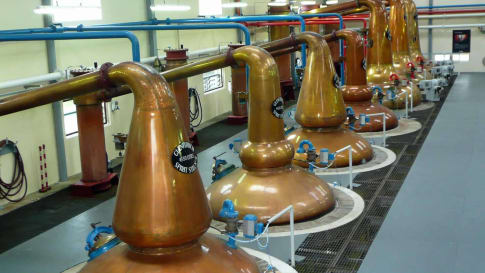
19 days
JulWhisky and Other Scottish Wonders
Visiting Scotland
A guided small group tour of Scotland is a day tour collection that includes Edinburgh, the royal mile, Edinburgh castle, and the old town a UNESCO World heritage site Experience and learn about, Kellie castle, St Andrews, Skye, Balmoral castle, Loch Lomond and Loch Ness as well touring the Scottish highlands to finish in Glasgow.
From A$18,395 AUD
View Tour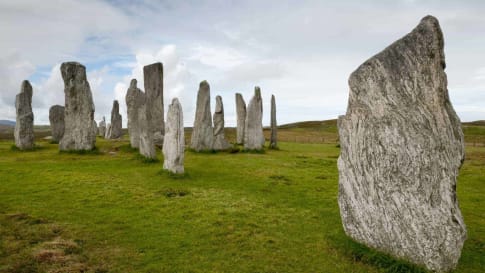
21 days
AugPrehistoric Britain small group history tour including standing stones
Visiting England, Scotland
This guided tour invites you to explore UNESCO World heritage sites at Skara Brae in the Orkneys, Isle of Skye, and Stonehenge in a prehistoric tour. This escorted tour has trips to key sites in Scotland, and the Irish sea in Wales such as Gower Peninsula and National Museum in Cardiff and England. Each day tour is supported by local guides.
From A$16,750 AUD
View Tour
From A$15,995 AUD
View Tour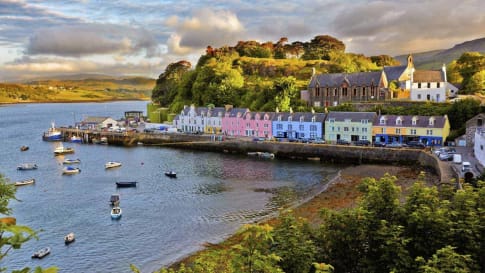
20 days
May, Jul, Aug, SepScottish Islands and Shetland small group tours for seniors
Visiting Scotland
An escorted small group tour for couples and solo travellers of the Scottish isles including the isle of Skye draws on local guides to share their knowledge of the destinations in this unique part of Scotland. UNESCO world heritage site are visited as breathtaking scenery and authentic experiences are shared in a group of like minded people on this guided tour of remote Scotland.
From A$17,525 AUD
View Tour
5 days
Jun, JulEdinburgh City Tour
Visiting Scotland
A guided tour of the capital of Scotland, Edinburgh is a day tour collection with a tour leader and local guides. The old town of Edinburgh including the Royal mile and New town of Edinburgh are a UNSECO world heritage site and are included in our itineraries as well the Palace of Holyroodhouse.
From A$4,795 AUD
View Tour
9 days
AugEdinburgh Festival Fringe Small Group Tour
Visiting Scotland
One of the few European tour companies to have in Scotland an escorted small group tour of Edinburgh during the fringe festival. As well attending performances, this trip includes time to experience, the old town, new town and the royal mile, a UNESCO world heritage site plus Edinburgh Castle and Palace of Holyroodhouse.
From A$7,215 AUD
View Tour
From A$13,915 AUD
View TourArticles

Aberdeen, Scotland
Aberdeen, article to assist senior couples and mature solo travellers learning about Scotland, its history and the islands of Skye and Orkney or the Whisky on a small group tour.

Edinburgh, Scotland
Article about the capital of Scotland, Edinburgh. Senior couple and mature solo travellers explore this city and Glasgow plus the Scottish isles in writing and on a small group tour with like minded people.
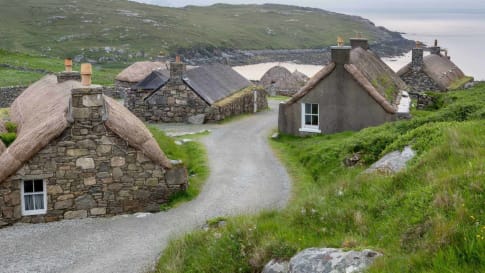
Islands of the Outer Hebrides: The Definitive Guide for Travellers
Scotland's Outer Hebrides are discussed in this article to assist the mature solo and couple in planning to visit Scotland and the British isles on a small group tour.

Isle of Skye, Scotland
Article about Scotland's Isle of Skye for senior couples and solo travellers seeking to explore on a small group tour of the Scottish isles learning about Scottish history, the Vikings and Atlantic trading routes.
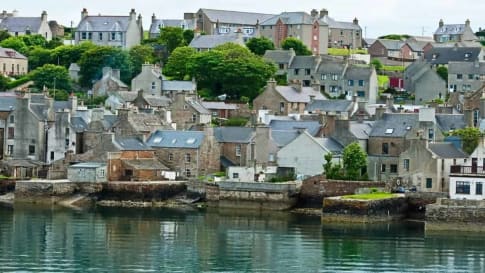
Orkney Islands, Scotland
Explore the Orkney and other isles of Scotland on a small group tour for senior couples or solo travellers interested in Scottish history. Learn about Skara Brae and prehistoric Britain as well as the importance of Peat and Whisky.
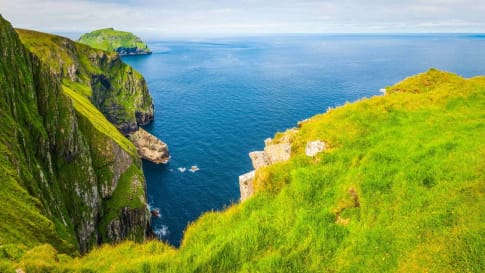
Questions about the Outer Hebrides, Scotland for senior travellers.
Explore and learn about on a Seniors small group tour of the Orkney Islands and other Scottish islands. Learn about the pastoral, cultural and historic settlement of the islands including Skara brae.
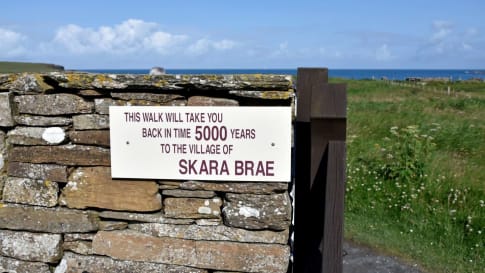
Skara Brae, Scotland
Article introducing Neolithic Britain and the trading routes to Iceland, the Faroe Islands and the Irish sea. Skara brae is included on the Scottish isles tour and the Prehistoric Britain program. Small group tours for senior couples and mature solo travelers.
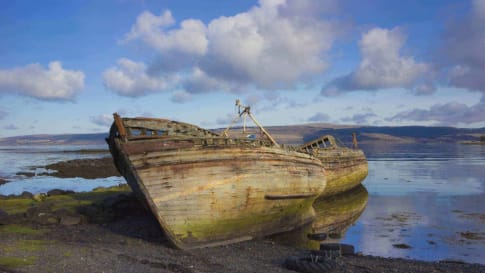
The Best of the Scottish Islands
small group tours of the Scottish isles including Orkney, Skye, Iona and Shetland plus others for senior couples and solo travellers.

Touring the beautiful Scottish Islands
Small group tours of the Scottish isles including Orkney, Skye, Iona and Shetland plus others for senior couples and solo travellers.

